
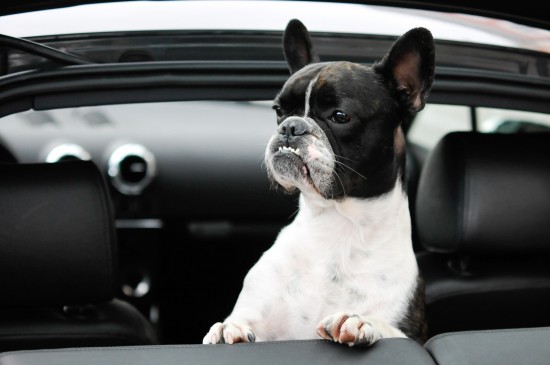
If you intend to take your dog on holiday with you or you just like to take them on long-ish journeys with you to visit friends or to sightsee, how you manage the journey and being in a new area is important. Not only should you ensure that travelling is a positive experience for your dog and as stress-free as possible, but you should also take steps to safeguard your dog when travelling or in a new area, and ensure that you are prepared for any problems of emergencies. Regardless of where you are going or how long for, follow these ten important rules for travelling with your dog.
If your dog is not used to travelling, it is unwise to bundle them into the car or take them on a train journey of several hours without working up to it! Get your dog used to the car and short trips before you set out on a marathon trip, and make sure that the experience is a positive one for your dog. If you will be travelling by train, taking your dog to the train station and getting them used to the platforms and crowds before the day of your trip is a good idea. If you are planning a train journey of several hours, first take your dog on a shorter trip so that they can get used to the idea of being on a train.
If you are travelling with other people or strangers, always keep your dog on a lead and close to you, and do not allow them to go up to or bother other people. You will often find when travelling by public transport that the novelty of a dog on the train or bus will often please other passengers and they will wish to say hello to your dog, but do not assume that everyone around you is a dog lover!
Your dog should have a secure collar on it that shows your contact details, and they should also be microchipped if possible. Assuming that your dog is microchipped, put a line on their collar tag to say that this is the case to aid with getting your dog home if you should happen to become separated.
Make up a simple travel kit for your dog, containing everything that you might need for the journey. Pooh bags, a spare lead, treats, and water and a bowl, as well as possibly food.
You should have a good idea of how your journey and arrival will go, what timescale you are looking at, and where to schedule rest stops. Before setting out, check that if you are travelling by public transport or getting a taxi that dogs are allowed, and if there are any restrictions on their carriage. If you have booked accommodation, ensure that they allow dogs, and double check by phoning ahead to ask. If you are visiting friends, ensure that they are ok with your taking your dog with you!
Just like people, dogs can suffer from travel sickness, which can make the journey challenging for your dog and potentially messy! Getting your dog used to travel gradually can help to ward off travel sickness, and you should try to avoid travelling too fast or in a vehicle that is uncomfortable for your dog.
You should drive slowly with your dog in the car, and make regular provision for rest stops and comfort breaks. If you are travelling by train or bus, you may need to break your journey if it is a long one, in order to allow your dog to stretch their legs, get some fresh air and do their business. Travelling with a dog over any great distance will usually be slower than travelling alone, so you should account for this in your planning.
Try not to mess up your dog’s usual routine of feeding and walking too much due to travel, but also try to leave at least three hours after your dog has eaten before beginning your journey. This should give your dog the chance to digest their food, go to the toilet, and reduce the likelihood of vomiting due to travel sickness. Your dog should have water available to them throughout the journey, offered at regular intervals.
Even if you are only going to be away overnight, find out about local veterinary practices and make sure you have a number to hand in case of emergencies. It is also wise to ask your regular vet for a copy of your dog’s medical history, as this may be difficult to obtain quickly in an emergency for a new vet to review.
Travelling can be stressful, even without your dog, but it is important that you approach the journey calmly and carefully and do not get het up or stress out your dog. Travel should be a positive experience for your dog, and one that they actively enjoy. Talk to your dog on the journey and keep them entertained and safe, and be prepared to take breaks as needed and generally do everything that you can to make travel a positive experience for your dog.
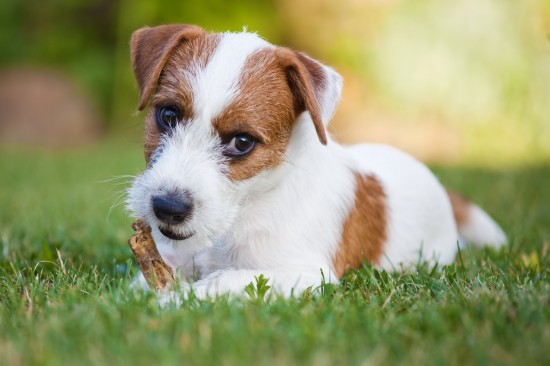 What To Look For In A Quality Parson Russell Terrier
What To Look For In A Quality Parson Russell Terrier
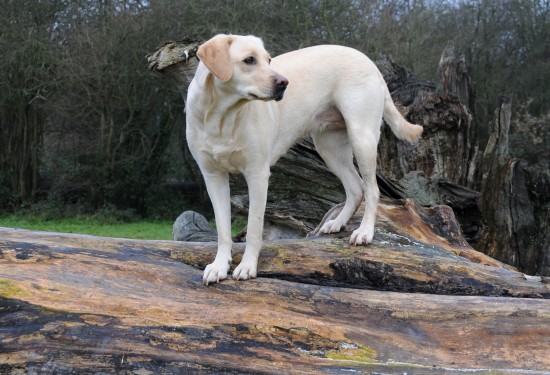 Cranial Cruciate Ligament Rupture In Dogs
Cranial Cruciate Ligament Rupture In Dogs
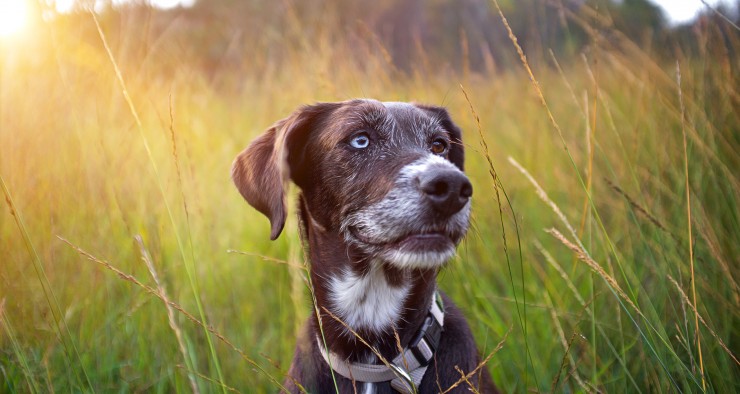 The Importance Of Vitamins In A Dogs Diet
The Importance Of Vitamins In A Dogs Diet
 5 Ways You Could Be Stressing Out Your Dog
5 Ways You Could Be Stressing Out Your Dog
 Read This Article If You Are Very Much Against Cruelty To Animals
Read This Article If You Are Very Much Against Cruelty To Animals
 Dog kennels Chapel Hill: Keeps your dog happy and safe
Dog kennels Chapel Hill: Keeps your dog happy and safe
 Mollie And Guppies - Keeping Live Bearer Fish
Mollie And Guppie
Mollie And Guppies - Keeping Live Bearer Fish
Mollie And Guppie
 Providing The Perfect Home For Your Bearded Dragon
Providing The Per
Providing The Perfect Home For Your Bearded Dragon
Providing The Per
 Does Your Dog Know The “food” Rules?
Does Your Dog Kno
Does Your Dog Know The “food” Rules?
Does Your Dog Kno
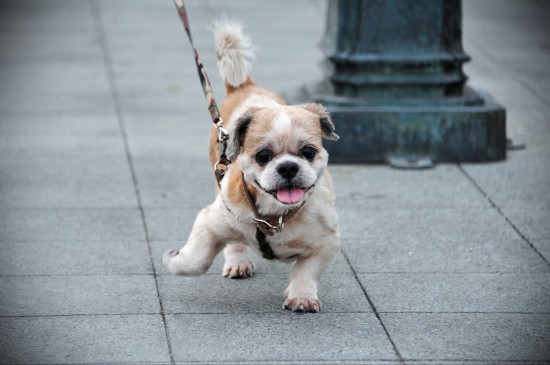 Should I Train My Dog Before Or After Taking Them For A Walk?
Should I Train My
Should I Train My Dog Before Or After Taking Them For A Walk?
Should I Train My
 Top Vets for your lovely pets in Coquitlam
Top Vets for your lovely pets in Coquitlam
Pet
Top Vets for your lovely pets in Coquitlam
Top Vets for your lovely pets in Coquitlam
Pet
Copyright © 2005-2016 Pet Information All Rights Reserved
Contact us: www162date@outlook.com